Description
Buy Counterfeit Australian Banknotes are currency used in Australia, and they have several unique features. Below is a breakdown of Australian banknotes, their denominations, historical development, security features, and their value in the international community.
1. History of Australian Banknotes
Australia initially used the British pound and later the Australian pound as its currency. In 1910, Australia introduced its own currency system, the Australian pound, which was replaced in 1966 by the Fake Australian Dollar (AUD). The Australian dollar has since been the official currency of the country.
- 1966 Currency Change: Buy Counterfeit Australian Banknotes replaced the Australian pound, with the currency being divided into 100 cents. Initially, Counterfeit The Australian dollar used paper banknotes similar to other countries. However, in 1988, Australia became the first country in the world to introduce polymer banknotes, which are more durable and secure than paper notes.
- Polymer Banknotes: Australia’s transition to polymer banknotes began with the $10 note in 1988, commemorating Australia’s Bicentenary. The polymer notes have since become a global model for currency innovation.
2. Denominations of Australian Banknotes
Australian banknotes come in the following denominations:
- $5
- $10
- $20
- $50
- $100
Each note features prominent Australian figures and cultural symbols.
- $5 Note: Features Queen Elizabeth II (the first Australian monarch) and the Australian Parliament House.
- $10 Note: Features Dame Nellie Melba (singer) and Sir John Monash (military commander).
- $20 Note: Features Reverend John Flynn (founder of the Royal Flying Doctor Service) and Edith Cowan (first woman in the Australian Parliament).
- $50 Note: Features David Unaipon (Aboriginal inventor) and Edith Cowan (also featured on the $20 note).
- $100 Note: Features Sir Arthur Fadden (politician) and Dame Enid Lyons (politician).
3. Security Features of Australian Banknotes
Australian polymer banknotes include several advanced security features to prevent counterfeiting. These include:
- Window with a See-Through Feature: A transparent window with intricate designs allows for easy verification.
- Color-Shifting Ink: On high-value denominations like the $50 and $100 notes, some of the printed features shift color when viewed at different angles.
- Microprinting: Small text and features that are hard to replicate with normal printing methods.
- Raised Ink: Certain areas of the banknote feel raised to the touch (like the numerals and the Queen’s portrait on the $5 note).
- Ultraviolet Ink: Some areas of the banknotes glow under UV light.
4. Value of the Australian Dollar in the International Community
The Australian Dollars For Sale (AUD) is one of the most widely traded currencies in the world. It holds significant value in international markets due to Australia’s stable economy and strong trade relationships. The value of the Australian dollar can fluctuate based on several factors, including:
- Exchange Rates: The value of the AUD is determined by its exchange rate relative to other major currencies, such as the US dollar (USD), Euro (EUR), and British pound (GBP).
- For example, in recent years, the AUD has traded in a range of 0.60 to 0.75 USD. This means that 1 Australian dollar is worth between 60 to 75 US cents.
- Global Trade Relations: Australia is a major exporter of commodities, including minerals, agricultural products, and natural resources. This makes Fake Australian Banknotes particularly sensitive to global commodity prices, especially gold, iron ore, and coal.
- Economic Stability and Interest Rates: Australia’s strong economic performance and stable financial system contribute to the strength of the AUD. The Reserve Bank of Australia (RBA) manages the country’s monetary policy, including setting interest rates, which influences the AUD’s value.
- Investments and Financial Markets: The Australian dollar is often viewed as a “commodity currency,” meaning that its value can rise or fall in relation to commodity price movements.
5. International Use of the Australian Dollar (AUD)
While the Australian dollar is primarily used within Australia and its territories, it is also used in other countries and regions, including:
- Pacific Islands: Countries such as Papua New Guinea and several smaller nations in the Pacific (e.g., Kiribati, Nauru, and Tuvalu) also use the Australian dollar as their official currency.
- Currency Reserves: The Australian dollar is a part of global currency reserves held by central banks, especially in countries that engage in significant trade with Australia.
- Tourism and Trade: The Australian dollar is often exchanged for other currencies in international travel and trade. Its value relative to other currencies like the US dollar, Euro, or British pound can affect Australia’s tourism and export industries.
6. Exchange Rates of the AUD (General Value Range)
- 1 AUD = 0.60–0.75 USD: The value fluctuates depending on economic conditions in both Australia and the US.
- 1 AUD = 0.90–0.95 EUR: The AUD has traditionally been weaker than the Euro but remains a significant currency.
- 1 AUD = 0.50–0.55 GBP: The British pound tends to be stronger than the AUD, though this varies.
The Australian dollar is a stable and globally traded currency. Australian banknotes, particularly the polymer design, are some of the most innovative and secure in the world. The value of Counterfeit AUD For Sale on the international stage fluctuates due to global market conditions, trade relations, and economic factors. As an export-driven economy, the Buy Counterfeit Australian Banknotes strength is tied to the health of Australia’s trade relationships and the global demand for its natural resources
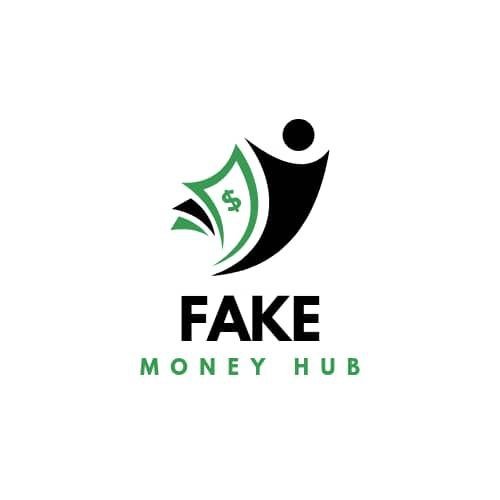
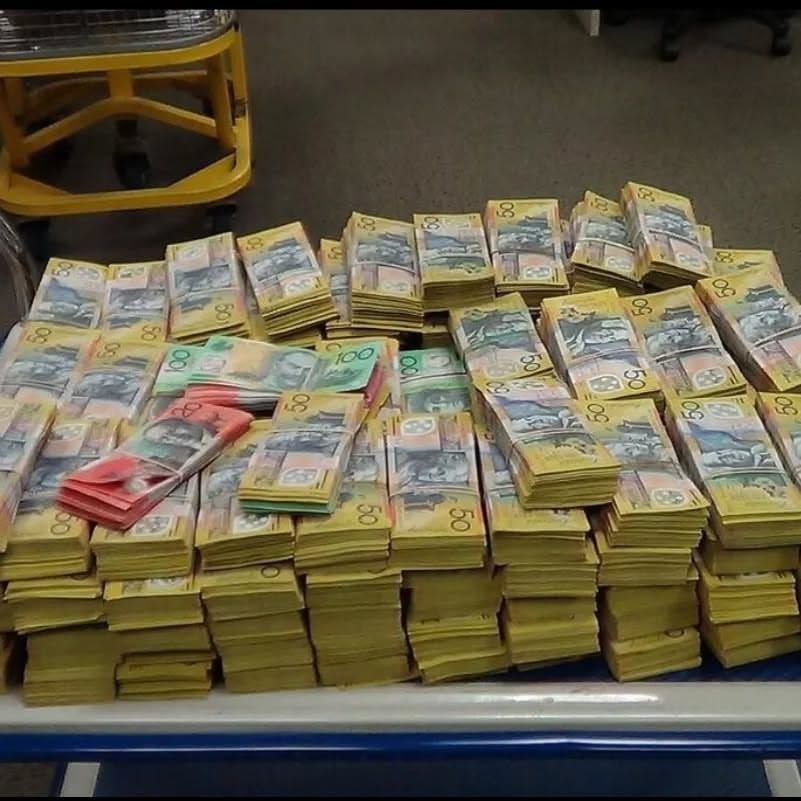
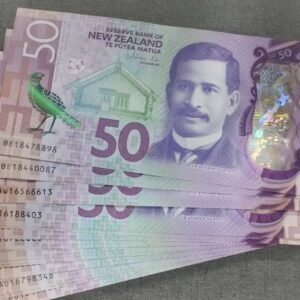
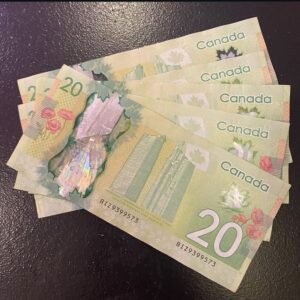
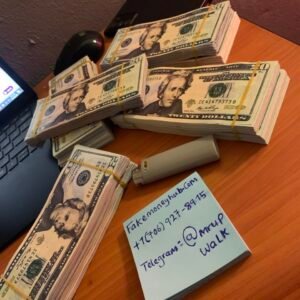
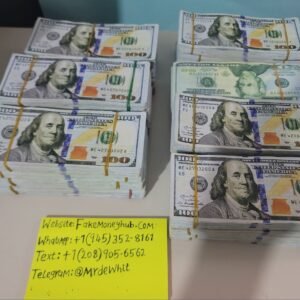
Doine Tamiris –
Good job guys. I got my order yesterday product quality is unspeakable.